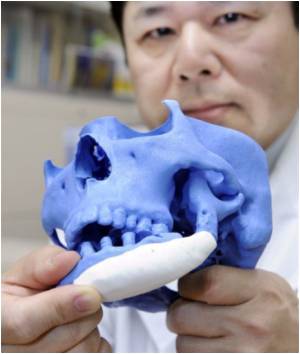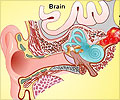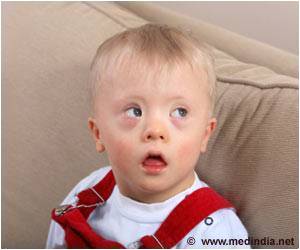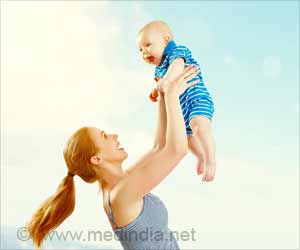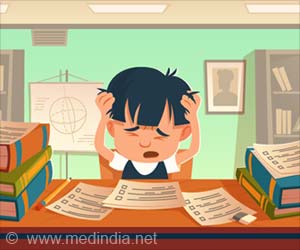Researchers have found no evidence that the insertion of ventilation tube in the ears of children with cleft lip and/or palate leads to worse complications.

How the Study Was Conducted: The authors analyzed complication rates of VT insertion in patients with and without CLP matched for age and sex. The study included 60 children with CLP who underwent VT insertion between May 2002 and October 2012. Their average age was 3.5 years. They were matched with a group of children without CLP (the control group) selected from a database of 2,943 VT insertions.
Results: Total complications for patients with CLP were 146, with an average of 2.4 complications per patient. The control group had 194 complications, with an average of 3.2 complications per patient. The control group had 151 documented cases of otorrhea compared with 121 in the CLP group. There were no significant differences in clinic visits per patients.
Discussion: "Our findings, therefore, are the best evidence available to measure the effect of CLP on complication rates. Ultimately, this study has shown that complications are not higher within the CLP treatment group, and therefore patients with CLP should be treated for AOM and OME in the same way as non-CLP patients. Indeed, there could be an argument for a shift in practice toward more aggressive treatment in the CLP group that is already vulnerable to speech and social developmental delay."
Source-Eurekalert



